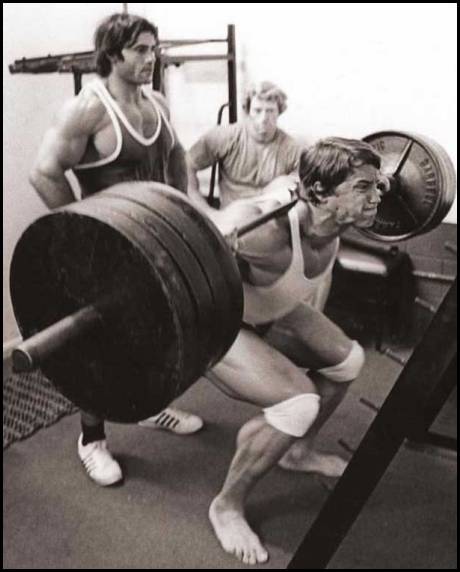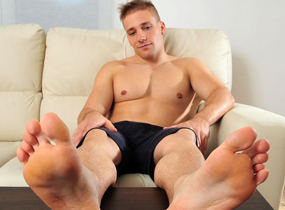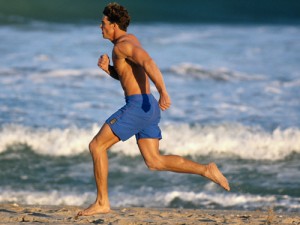 Over the past few years, barefoot running has been gaining traction in the running community. In fact, it’s estimated that minimalist shoes now make up 15% of the .5 billion running shoe market.
Over the past few years, barefoot running has been gaining traction in the running community. In fact, it’s estimated that minimalist shoes now make up 15% of the .5 billion running shoe market.
There is some science to back up the trend. As I reported early, barefoot running can increase efficiency:
Oxygen consumption is typically 4% to 5% lower in barefoot running, which is attributed to factors including moving the shoes’ weight (energy demand increases about 1% for every 100g of additional mass on the foot), the bending resistance and friction of the sole, midsole energy absorption, and energy lost to metatarsophalangeal joint stiffness.
A recent study published in Medicine & Science in Sports & Exercise is adding more science to the barefoot running debate. For the study, researchers examined 36 experienced runners over a 10-week period. All participants underwent an MRI before the study and were then divided into two groups of either traditional running shoes or five finger barefoot running shoes.
Participants in the barefoot group followed the suggested industry protocol by easing into the barefoot running shoes:
They did one short (1-2 mile) run in the minimalist shoes the first week, and added an additional short run each week so that they ran at least 3 miles in the new shoes by week three. They were then told to add mileage in the minimal shoes as they felt comfortable, with the goal of replacing one short run per week in traditional shoes with the new shoes.
At the end of the 10-week study, all participants were again given MRIs. According to researchers, the runners in the barefoot group showed significant signs of stress including bone marrow edema (inflammation causing excessive fluid in the bone).
One researcher noted:
Whenever a bone is impacted by running or some other repetitive action, it goes through a normal remodeling process to get stronger. Injury occurs when the impact is coming too quickly or too powerfully, and the bone doesn’t have a chance to properly remodel before impact reoccurs.
Of course, this doesn’t mean that barefoot running or minimalist running shoes are necessarily bad. Instead, the study suggests that a longer transition period may be advisable. If you’ve been running your whole life in traditional running shoes, give yourself more than a few weeks to become accustomed.
Personally, I prefer the Nike Free Run shoes. They’re light, flexible and emulate barefoot running while still providing some support. In fact, my feet didn’t fit properly in the five finger shoes - so they weren’t an option for me. The Free Run shoes also come in different levels of support to help your transition. Even so, it’s taken me almost a year and several pairs of Nike Free Run shoes to fully transition and commit to the minimalist sneakers.
Have you ever tried minimalist running shoes? Let me know about it in the comments below!
Disclaimer: This isn’t a paid endorsement or sponsorship of Nike Free Run sneakers.















